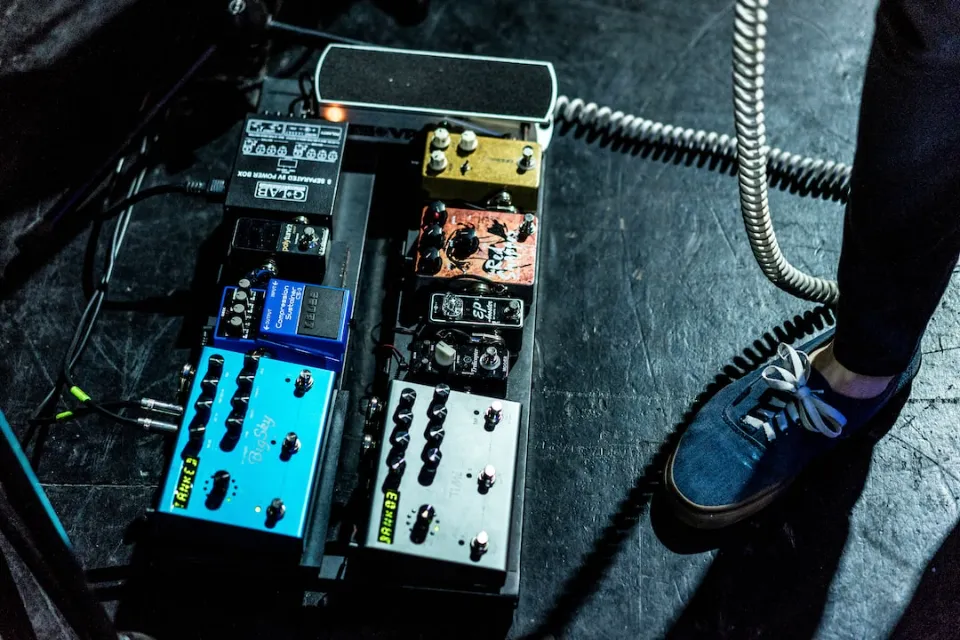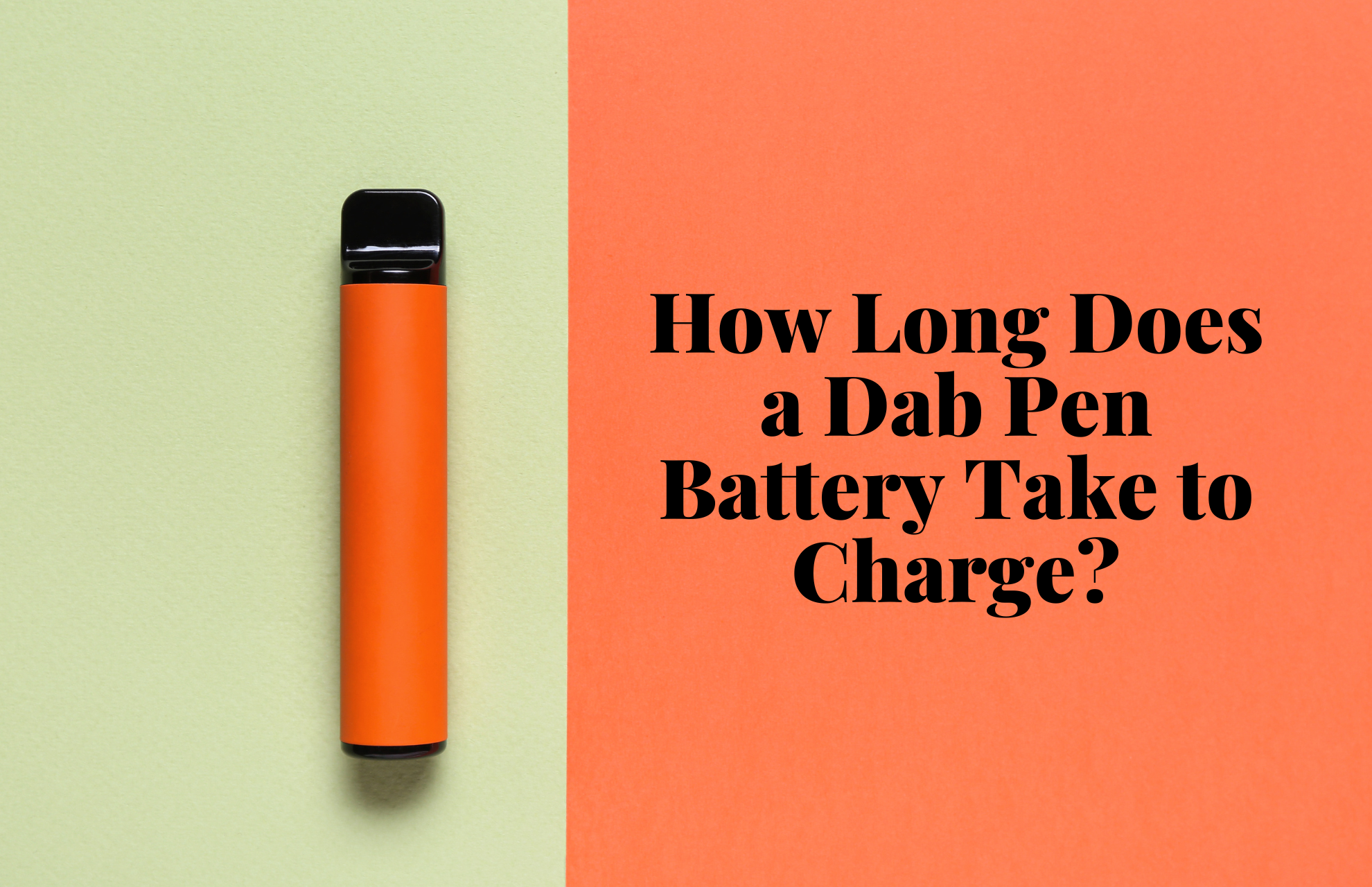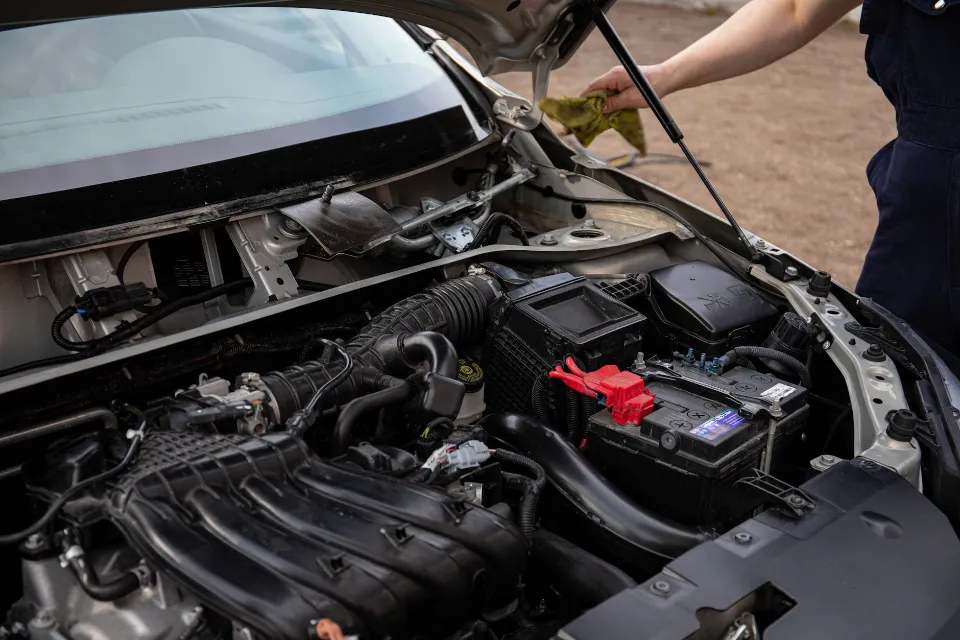In this article, we’ll examine the operation and proper maintenance of lead-acid batteries.
Battery power applications can use lead-acid batteries because they are affordable, practical, and reliable. Most people are probably most familiar with them from their use in classic internal combustion automobiles, where they provide the energy for everything from starting to electronics and much more.
It is clear from your reading that you are interested in lead-acid batteries. For instance, how does a lead-acid battery work? In more detail, we’ll explain this later on. A thorough explanation of what a lead-acid battery is and how it operates is also provided. See Can Lead-acid Batteries Be Recycled?
How Do Lead-acid Batteries Work?
The fundamental parts must be examined in order to understand how a lead acid battery functions. The battery has comparatively few components – essentially there are four main elements:

- Positive plate: This is covered with a paste of lead dioxide.
- Negative plate: Sponge lead was used to make this.
- Separator: The electrolyte and ions can enter this insulating material between the two plates without causing them to touch, allowing conduction to occur.
- Electrolyte: This consists of water and sulphuric acid
All of these components are housed in a plastic container that serves to keep the electrolyte inside and the battery together.
Although the plates or electrodes of the lead acid battery are designated as being lead, lead itself is too soft to be used on its own. Accordingly, small quantities of other metals are added to the lead to provide the additional strength required. They could boost the efficiency of the electric system. Typical additive metals include antimony, calcium, tin and selenium.
Since each cell can produce an EMF of 2.1 volts, the total battery will typically be made up of several cells connected in series to provide the necessary voltage.
The Self-Discharge of a Lead-Acid Battery
The unfortunate fact that the aforementioned chemical reaction can never be fully stopped is a drawback of lead-acid batteries. In other words, even when not in use, these batteries will continue to discharge.
Normally, this self-discharge happens somewhat slowly, around 1% lost per day. But certain factors will increase this rate. For instance, the battery self-discharges more quickly the warmer it is.
Even when they are off, some devices continue to draw a small amount of power from the battery. Your car’s audio settings are a good illustration of this. Your car radio uses battery power to “remember” these settings. In any case, you’ll need to regularly recharge your lead-acid batteries to prevent their demise.

Partial Discharge
The electrolyte solution in a battery decreases during discharge, partially exposing the lead plates. The lead’s existing sulphate bond may begin to harden if exposed to air for any length of time. Sulphate can remain on lead and prevent a battery from being properly recharged if it is not removed.
Because the car battery recharges while you drive, this problem can arise frequently. The battery may never fully recharge if you don’t drive your car very often or take a series of shorter trips.
Deep Discharge
If your lead acid battery is discharged below 50%, this is another significant factor in battery death. It implies that tiny lead plate pieces may separate and sink to the bottom of the electrolyte solution.
As a result, there is less lead surface available to initiate the chemical reaction required for the batteries to function properly. The reaction will completely stop if too much lead is released. This can mean that your batteries are permanently ruined and will need to be replaced.
Overcharging
As the name implies, this occurs when a lead acid battery continues to be charged after it has reached full capacity. If the electrolyte material is destroyed by overcharging, there won’t be any sulphate left to bind with the lead. A lead acid battery should not be plugged into a charger unless it needs to be charged.
Tips for Maintenance of Lead Acid Batteries
In order to charge a lead battery properly, there are a few guidelines and tips to maintain your lead acid battery. This will guarantee the battery’s security, optimal performance, and maximum lifespan.

- Charge in a well-ventilated area: Hydrogen gas, which could be explosive if confined in a small space, can be produced during the charging process.
- Don’t store batteries in a state of low charge: In order to prevent a process called sulphation, batteries should not be stored in a state of low charge – ideally, they should always be charged after use.
- Avoid “flattening” the battery: A battery’s lifespan can be drastically shortened by completely discharging it or flattening it. The capacity of a car battery is frequently found to be significantly reduced after it has been completely flattened, and it is then more likely to become completely discharged once more. Old batteries that become flat should be replaced to avoid additional issues.
- Ensure battery plates are covered: To make sure the plates are covered, it may be necessary to top off the electrolyte level in some batteries. To do this, you should use distilled water (not regular tap water, which contains contaminants that reduce the electrolyte’s effectiveness). Never add new electrolytes either. Many modern, low-maintenance types don’t require top-ups, and getting access to the battery chambers to do this would be impossible.
- Do not over-fill: Only fill the lead acid battery to the designated level when filling. The acid may leak during charging if the container is overfilled.
- Gas bubbles on the plates indicate that the battery is virtually fully charged: When the plates of what are known as flooded lead acid batteries begin to emit gas bubbles, the battery is fully charged and the water molecules are beginning to separate into hydrogen (on the negative plate) and oxygen (on the positive plate).
- Avoid charging at high temperatures: Avoid charging if the temperature is above 49 or 50°C.
- Do not allow the battery to freeze: Never let a lead acid battery freeze as this could result in irreversible mechanical damage. It is worth noting that a fully charged battery freezes at a lower temperature than a partially charged one.
Here are other tips for lead acid battery maintenace:
- Can You Mix Lead-acid and Lithium Batteries?
- How to Desulfate a Lead Acid Battery?
- How Long to Charge the Lead Acid Battery?
- Lead Acid Battery Vs Lithium-ion: a Complete Comparison
- Gel Battery Vs Lead Acid Battery: Which is Better?
- AGM Battery Vs. Lead-Acid Battery
Lead Acid Battery Advantages & Disadvantages
Despite having a number of distinct advantages, lead acid batteries also have a number of significant drawbacks, which prevent them from being widely used. When deciding whether to use this technology or not, all of these must be taken into account.

Lead Acid Battery Advantages
- Mature technology
- Relatively cheap to manufacture and buy (they provide the lowest cost per unit capacity for rechargeable cells)
- Large current capability
- Can be made for a variety of applications
- Tolerant to abuse
- Tolerant of overcharging
- A wide range of sizes and specifications are available
- Many producers worldwide
Lead Acid Battery Disadvantages
- Fails after a few years use lifespan typically 300 – 500 cycles
- Cannot always be used in a variety of orientations
- Corrosive electrolyte (can cause burns to people and corrosion on metalwork)
- Lead is not environmentally friendly
- Acid needs disposing of with care
- Not suitable for fast charging
- Must be stored in the charged state once the electrolyte introduced
- Typical charging efficiency is only around 70%
Like all battery technologies and battery systems, lead-acid batteries have their advantages and disadvantages. When considering battery technology for new development, both the benefits and drawbacks must be taken into account. For existing systems, these need to be considered when handling, using and maintaining them.
Conclusion: Maintain Your Lead-acid Batteries
Simply put, the sulphate in the sulphuric acid bonds to the lead to produce the electrical charge in the battery. Inverting this reaction restores the electrical charge. That is, the sulphate goes back into the sulphuric acid and, thus, the battery is recharged.
Use this guide to decide if lead-acid batteries are the best option for your needs now that your questions have been resolved. High current capability, low cost, and abuse tolerance are all advantages of lead-acid batteries. Because of this, the lead acid battery is perfect for a variety of uses.
FAQs
What Happens When a Lead-acid Battery is Fully Discharged?
By fully discharging your lead acid battery, or even discharging it below 80% of its rated capacity, you could damage the battery. Back to the memory effect problem, people used to think a battery had to be completely discharged before being recharged.
How Are Lead Batteries Recharged?
To charge a sealed lead acid battery, a DC voltage between 2.30 volts per cell (float) and 2.45 volts per cell (fast) is applied to the terminals of the battery. The cell may briefly be lower after discharge than the applied voltage, depending on the state of charge (SoC).
What is the Lifespan of a Lead-acid Battery?
Sealed lead acid batteries can have a design life of anywhere from 3 – 5 years all the way up to 12+ years depending on the manufacturing process of the battery.




